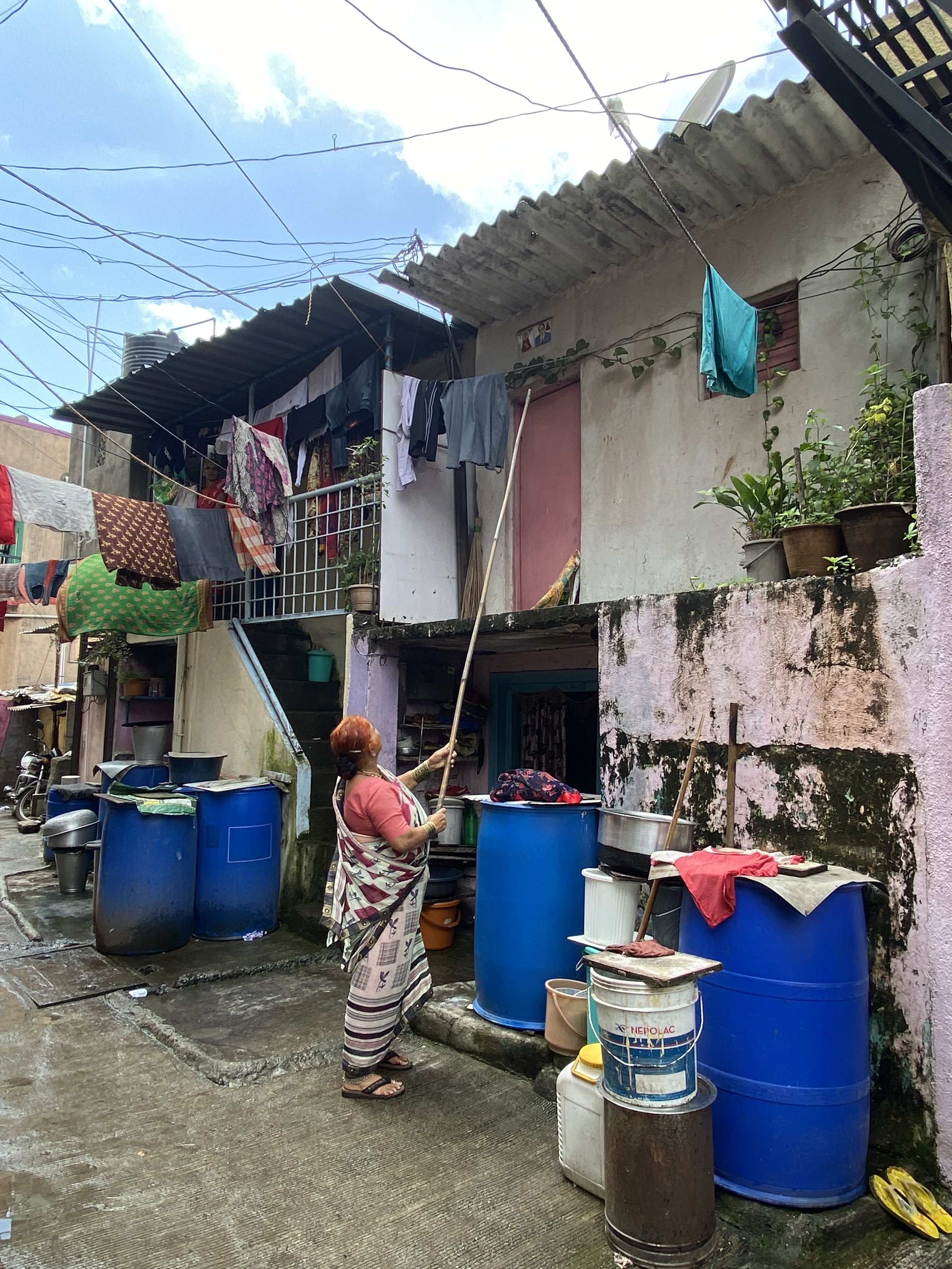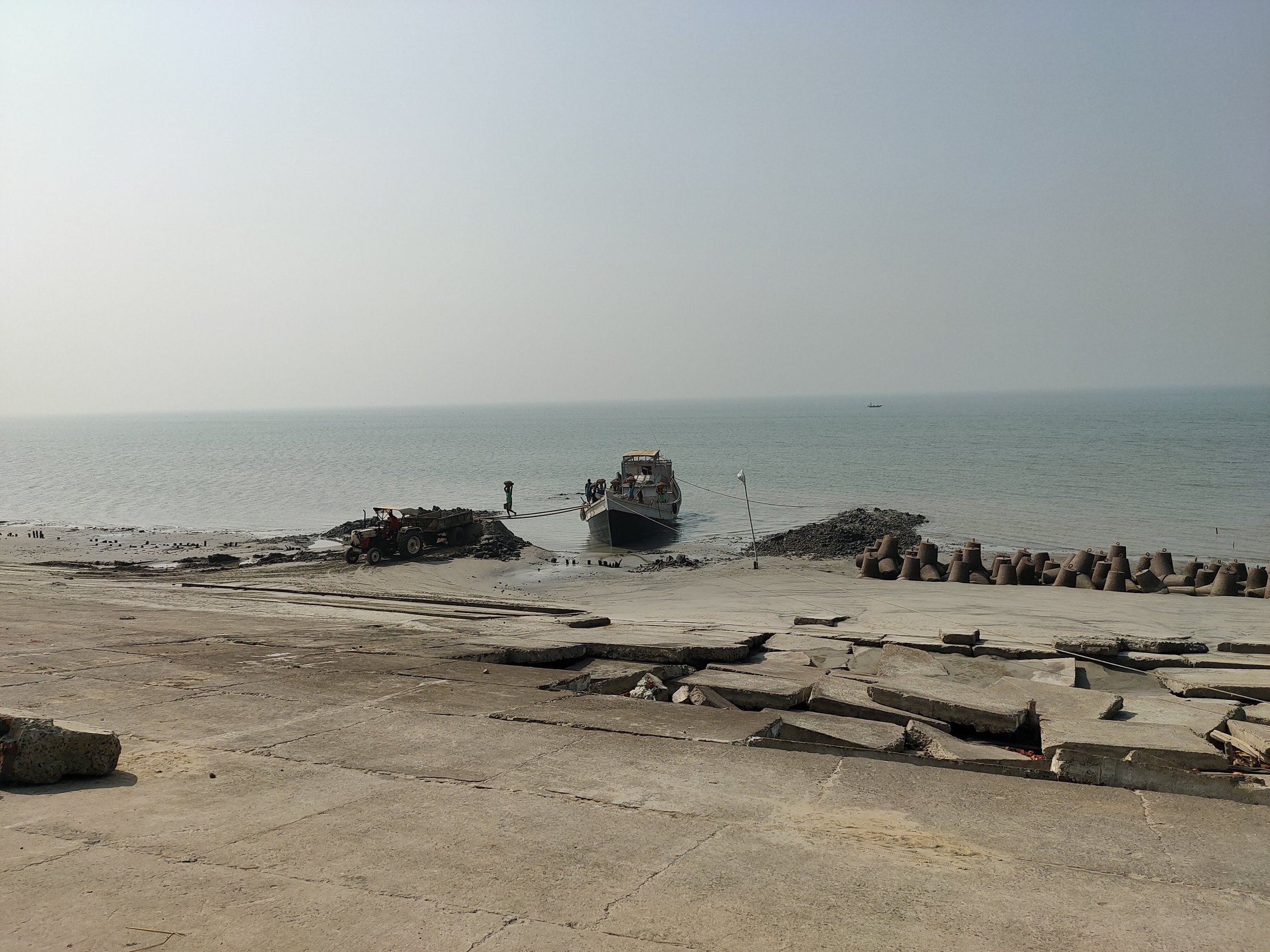RESILIENCE: THROUGH YOUR EYES
How are communities readying themselves for climate change? The images below show how the impact of climate change forces communities to alter their traditions, social structures, and livelihoods.
SHOWCASE
As agricultural produce failed in parts of rural Maharashtra, many communities scrambled to find refuge in crowded cities. Though these cities are brutal, with dwindling access to water and housing, the refugees plant ornamentals and edible plants along the verandas and sidewalks of their informal settlements. These communities take pride in what they grow, beating extreme rainfall and harsh heat to bring greenery into their environment.
About the Photographer
Amruth Kiran is a Geospatial Researcher at the Indian Institute for Human Settlements (IIHS). He holds a Masters in Earth Sciences from the Indian Institute of Remote Sensing. His interests include big data, cloud computing, UI/UX development, web-development and incorporating aspects of computer science into remote sensing and GIS. At IIHS, he is part of a trans-disciplinary team that works under the realm of GIS, Urban Planning, Disaster Management and Computer Science.
He has recently caught the photography bug and is trying to see the technical world through a different lens.
The Trash Mermaid represents the resilience of the ocean and its wildlife. Despite the fact that pounds of trash are dumped into our oceans, aquatic life finds a way to survive, albeit at a tremendous cost. As the ocean slowly loses its majesty, we should remember to stop relying on nature's resilience. We must spur our governments and communities into action. Working together, we must educate each other about our rapidly changing climate, and find innovative and sustainable ways to change our collective behavior. If we don't, the resiliency of nature might finally run out.
About the Photographer
Elizabeth McBryde is a New York based artist and love creating all types of characters and expressing herself through acting, singing, modelling and producing. She tends to see life in an abstract and metaphorical way, relating one thing to another and seeing the world through different lenses. She believes there is so much one can give and receive from the world through various forms of storytelling. It is her goal to create art that conveys a strong message and opens people’s eyes to the deeper issues of the world. To be a deeply fulfilled and working artist is her life-long goal.
This image captures the resilience of the people of Sundarbans in the face of climate change catastrophes. The broken cement blocks of the embankments reflect the faultlines of top-down policy-making, while the people working to rebuild it before the next monsoon season conveys their resilience. Despite being separated by thousands of kilometers, what connects the people of Sundarbans to the people of North Africa, and those inhabiting the lower Mekong region in Vietnam, is their resilience while bearing the brunt of climate change. Disasters strike them frequently, but they fight for survival day in and day out.
About the Photographer
Saranya Basu is currently pursuing his Political Science degree with specialization in International Relations from Jadavpur University, Kolkata. His areas of interest include climate change and its related consequences. He has done several internships on public policy and covered Sundarbans extensively to study the effect of climate change and the policy loopholes. He is also the Central Executive member of Green Crusaders, a non-profit organisation committed towards socio-ecological awareness.
In his free time, you might find him either with a book or a table tennis bat in hand. Apart from travelling and interacting with people from different backgrounds, he has a penchant for photography, and hopes to buy a camera in the near future.
Cities today evolve at a much faster pace than ever before, striving to adapt to Western societies.
This is a common sight you might encounter in any Indian city. The places underneath the tree represent the multifaceted layers formed through the myriad rituals and activities that take place in India. Despite this heterogenous chaos, there is a sense of harmonic coexistence between humans and natural orders.
These sites create resilience within the urban fabric of Indian cities. They provide shelter, act as cradles for social interactions, and facilitate exchange of ideas and commodities. Here the trees act as the foreground of the socio-cultural intermix. These inorganic forces support the economy of migrants and serve as a pivot of the environment. These spaces, though considered inorganic and chaotic, create sustainable and interconnected ecosystems within the city.
About the Photographer
Urvi Varma holds a Bachelors of Architecture from the Maharaja Sayajirao University of Vadodara. As an architect, she consciously attempts to learn new methods that can be implemented in architecture. She is passionate about keeping climate and the environment at the forefront in her architectural practice.









